The Higher Learning Commission has five Criteria for Accreditation that institutions must meet to maintain accreditation.
Each of the five criteria has accompanying core components that specify what is expected of the institution in satisfactorily addressing a given criterion. The Criteria are:
- Mission and Integrity
- Preparing for the Future
- Student Learning and Effective Teaching
- Acquisition, Discovery, and Application of Knowledge
- Engagement and Service
Criterion One: Mission and Integrity
The organization operates with integrity to ensure the fulfillment of its mission through structures and processes that involve the board, administration, faculty, staff, and students.
Core Components:
- The organization's mission documents are clear and articulate publicly the organization's commitments.
- In its mission documents, the organization recognizes the diversity of its learners, other constituencies, and the greater society it serves.
- Understanding of and support for the mission pervade the organization.
- The organization's governance and administrative structures promote effective leadership and support collaborative processes that enable the organization to fulfill its mission.
- The organization upholds and protects its integrity.
Criterion Two: Preparing for the Future
The organization's allocation of resources and its processes for evaluation and planning demonstrate its capacity to fulfill its mission, improve the quality of its education, and respond to future challenges and opportunities.
Core Components:
- The organization realistically prepares for a future shaped by multiple societal and economic trends.
- The organization's resource base supports its educational programs and its plans for maintaining and strengthening their quality in the future.
- The organization's ongoing evaluation and assessment processes provide reliable evidence of institutional effectiveness that clearly informs strategies for continuous improvement.
- All levels of planning align with the organization's mission, thereby enhancing its capacity to fulfill that mission.
Criterion Three: Student Learning and Effective Teaching
The organization provides evidence of student learning and teaching effectiveness that demonstrates it is fulfilling its educational mission.
Core Components:
- The organization's goals for student learning outcomes are clearly stated for each educational program and make effective assessment possible.
- The organization values and supports effective teaching.
- The organization creates effective learning environments.
- The organization's learning resources support student learning and effective teaching.
Criterion Four: Acquisition, Discovery, and Application of Knowledge
The organization promotes a life of learning for its faculty, administration, staff, and students by fostering and supporting inquiry, creativity, practice, and social responsibility in ways consistent with its mission.
Core Components:
- The organization demonstrates, through the actions of its board, administrators, students, faculty, and staff, that it values a life of learning.
- The organization demonstrates that acquisition of a breadth of knowledge and skills and the exercise of intellectual inquiry are integral to its educational programs.
- The organization assesses the usefulness of its curricula to students who will live and work in a global, diverse, and technological society.
- The organization provides support to ensure that faculty, students, and staff acquire, discover, and apply knowledge responsibly.
Criterion Five: Engagement and Service
As called for by its mission, the organization identifies its constituencies and serves them in ways both value.
Core Components:
- The organization learns from the constituencies it serves and analyzes its capacity to serve their needs and expectations.
- The organization has the capacity and the commitment to engage with its identified constituencies and communities.
- The organization demonstrates its responsiveness to those constituencies that depend on it for service.
- Internal and external constituencies value the services the organization provides.
